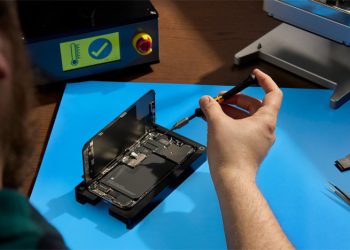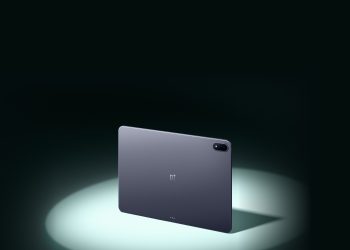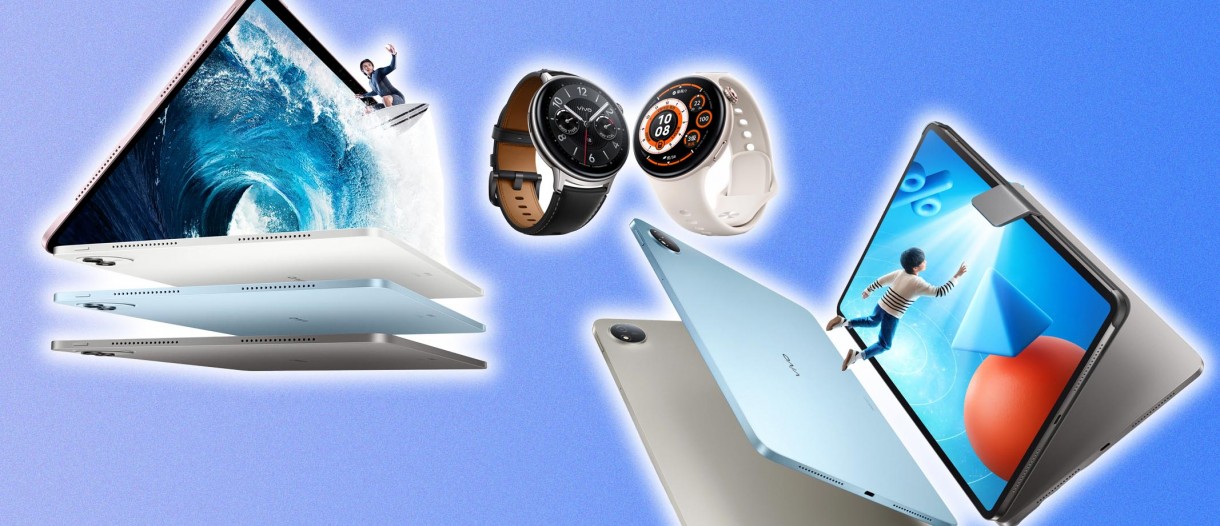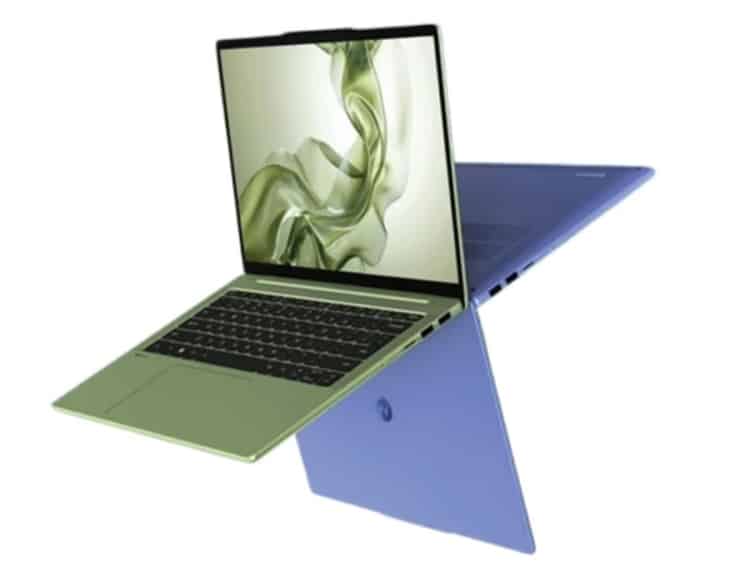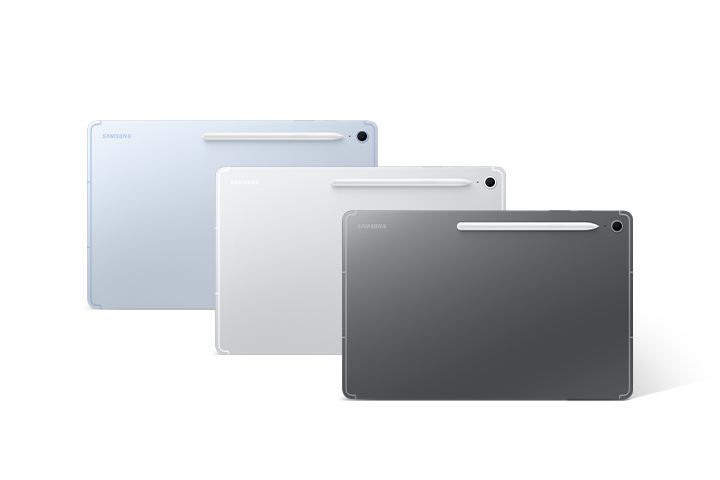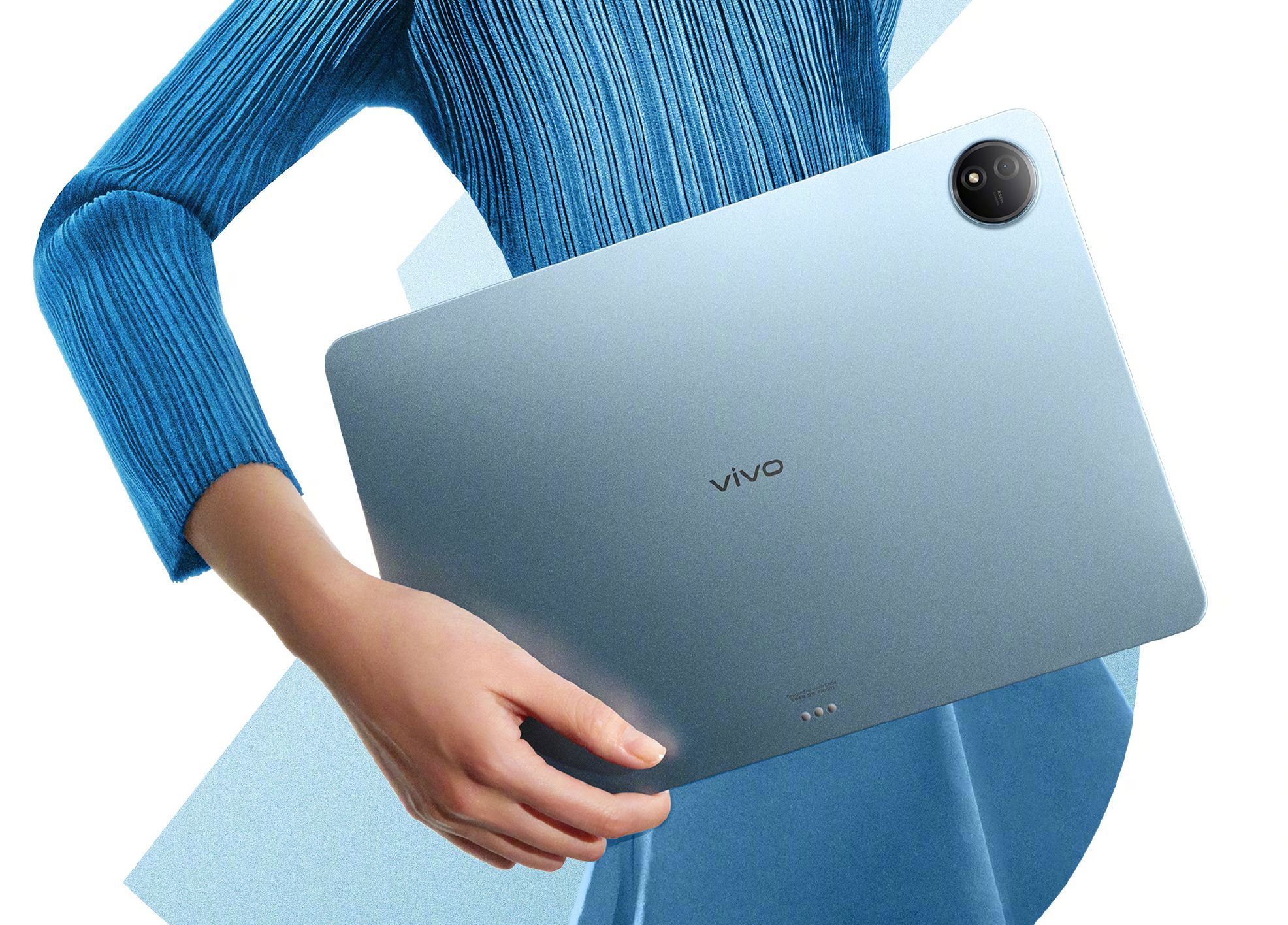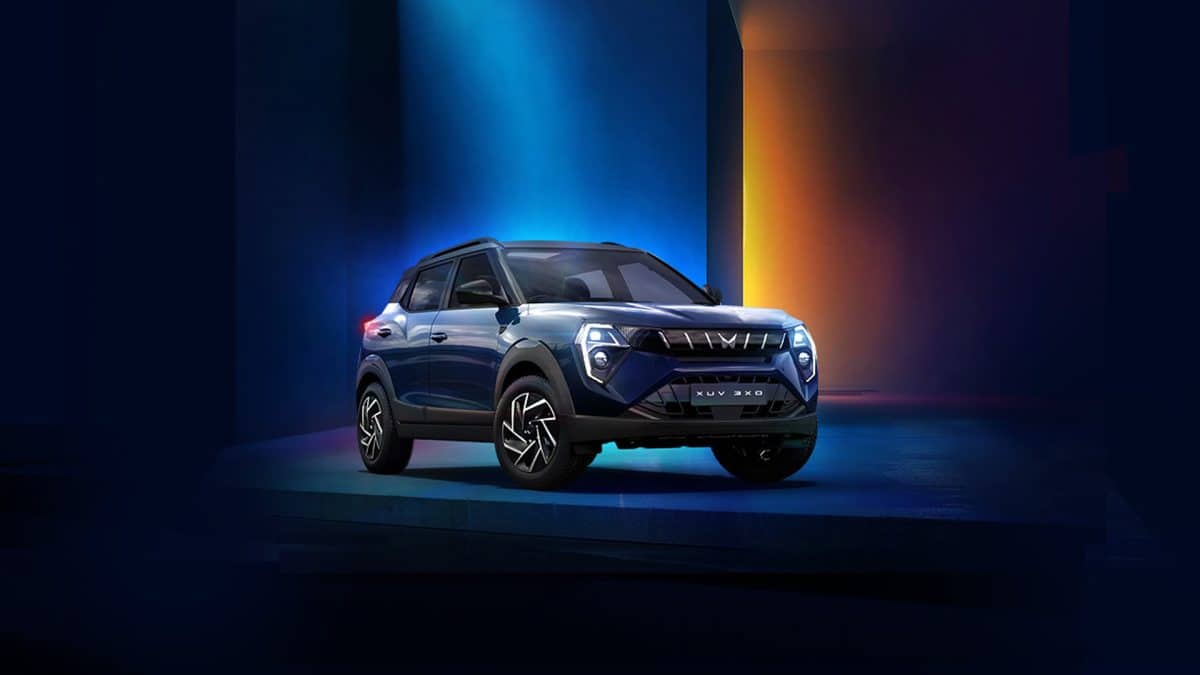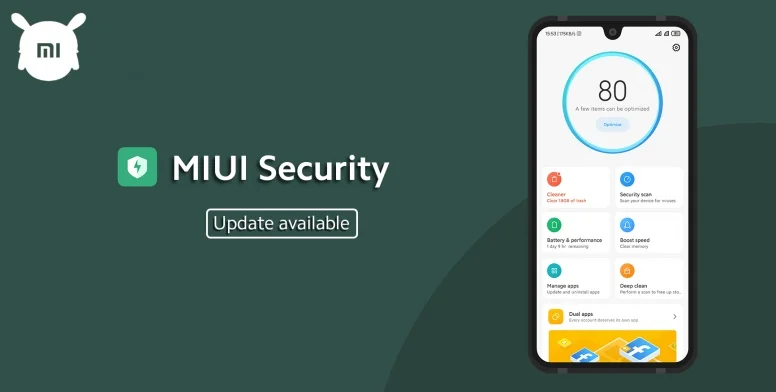Lenovo Yoga Slim 7 (14ARE05) notebook review: required for consideration
We started our Ryzen 4000 series laptops with the low-cost models that best illustrate the performance-to-price advantage of AMD silicon. But in the catalogue of leading manufacturers, there are already quite a few premium or semi-premium solutions. For example, Lenovo Yoga Slim 7 modification 14ARE05. It is a compact laptop with a 14-inch screen, a large battery, easy-to-use controls and a modern configuration of external interfaces, which still sells for a modest price, but is capable of defying more expensive counterparts in many ways.

Specifications, prices
Lenovo is releasing two varieties of Yoga Slim 7 – the blue one based on the Intel Ice Lake platform and the red one based on the Ryzen 4000 series processors. The “red” variant, which we will review today, is equipped with a six-core Ryzen 5 4600U chip or one of the older eight-core processors – Ryzen 7 4700U without SMT function or 16-thread Ryzen 7 4800U. The amount of RAM is always the same – 16 GB, and the solid-state drive can hold from 256 to 1024 GB of data.
Judging by how the Ryzen 4000 processors have proven themselves in the tests of previous ultrabooks that appeared this year, the Yoga Slim 7 probably does not complain about the speed of tasks focused specifically on the capabilities of the CPU, especially the eight-core configurations of the new product (we will check this in our own tests). But a discrete GPU is not required for this device, unlike Intel’s analogue. In addition, with the Intel processor, Yoga Slim 7 buyers have access to 4K screens, while AMD supporters will have to limit themselves to 1080p. Finally, going over to AMD’s side would mean dropping the Thunderbolt interface.
The picture is emerging of a relatively inexpensive but high-performance laptop in a compact form factor. Indeed, the official Lenovo store offers the basic configuration of the machine at a price of 82,490 rubles, and the top-end one for 103,490, which is not so much in modern reality. However, this does not mean that on personal acquaintance the Yoga Slim 7 gives the impression of a budget device. Quite the contrary, the design and mechanics of the novelty are at a high level.
Appearance and ergonomics
The Yoga brand from Lenovo is associated primarily with convertible 2-in-1 devices, but the Yoga Slim 7 is a typical ultrabook and looks more like a compact IdeaPad (in fact, in some regions it was just referred to this line). The laptop lid can be folded back 180 °, but still not 360. The glossy finish suggests that the screen is sensitive to touch, but no, it’s a simple laminated matrix. Fortunately, the anti-reflective coating does its job well.
This is not the lightest nor the thinnest of modern ultrabooks – as we will have time to find out, these sacrifices had to be made to fit an impressive battery and a cooling system inside the chassis, suitable for eight-core CPUs.
The body of the Lenovo Yoga Slim 7 is constructed from aluminium panels, painted in grey or burgundy, and the internal parts are arranged so that it is more difficult to bend or push through. The laminated screen also helps with this task. Some of the compact machines we have dealt with are packaged in harder cases, but for the sake of rigidity, as a rule, it is necessary to increase the mass of the device.
The screen is surrounded by moderately thin (or moderately wide, as you look at) bezels – this Yoga Slim 7 is also not a record holder, but there is still room for speaker grilles on the top case (the speakers sound good for their size, although miracles from the built-in acoustics, of course, cannot be expected worth it) and did not have to cut the touchpad area more. However, the touchpad is quite shallow, like most machines with 16: 9 screen proportions. But it is still convenient to use it. This is a glass panel (which is not typical for this price category), it is well fixed and does not dangle in the case (such a defect, on the contrary, is widespread) and is pressed with a confident click.
Most importantly, Yoga Slim 7 has a great keyboard. I wish it had a slightly stiffer base, but the excellent mechanics make up for this disadvantage. The keycaps are large, the shape typical of Lenovo laptops, the travel is quite long, and there is a pleasant pressure resistance.
All laptop modifications use an infrared camera as their primary means of biometric authentication, but some have a fingerprint reader built into the power button on the starboard side. Of the cable interfaces, the Yoga Slim 7 has two Type-A and two Type-C USB ports. There is also full-format HDMI, as well as a microSD card reader. You can only find fault with the fact that both USB Type-A connectors are on one side of the case, and Type-C on the other. It would be more convenient if one connector of each type were placed on each side.
Either of the two Type-C ports can be used for charging with the included power supply, but only one forwards the DisplayPort signal to connect external monitors.
Internal structure and upgrade options
The internal layout of Lenovo Yoga Slim 7 has a number of interesting and successful solutions. The first thing that catches your eye is the massive 60 Wh battery. Among the ultrabooks that we came across in the last year, only the ASUS ZenBook 14 in the UX425JA modification and the fresh 13-inch MacBook Pro based on the Apple M1 platform boast a battery of comparable or larger capacity.
The next thing to note is the impressive-looking cooling system with two fans, which will come in handy for servicing eight-core central processors with a power reserve of up to 25 watts. The fans suck in air through the slots in the case pan and throw it up between the keyboard and the screen. To find a place in a compact chassis for such a cooler together with a large battery, the sections of the latter had to be built with the letter G.
Finally, the Lenovo Yoga Slim 7 has a spare SSD slot, which is especially useful for buyers of lower configurations with 256 GB of ROM. But the second landing pad is smaller than the first, already occupied by the manufacturer’s SSD – the most common devices of the M.2 2280 form factor will not fit in it, only the shortened M.2 2242.
